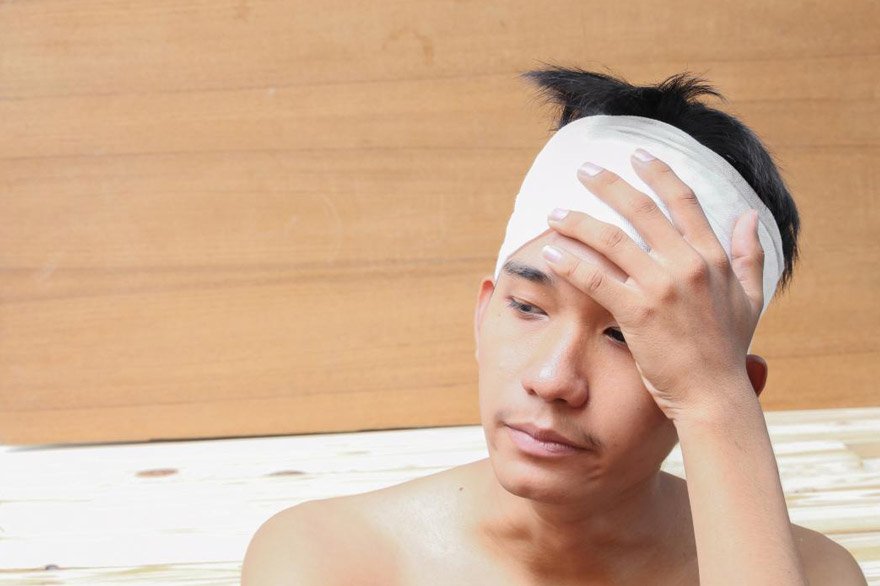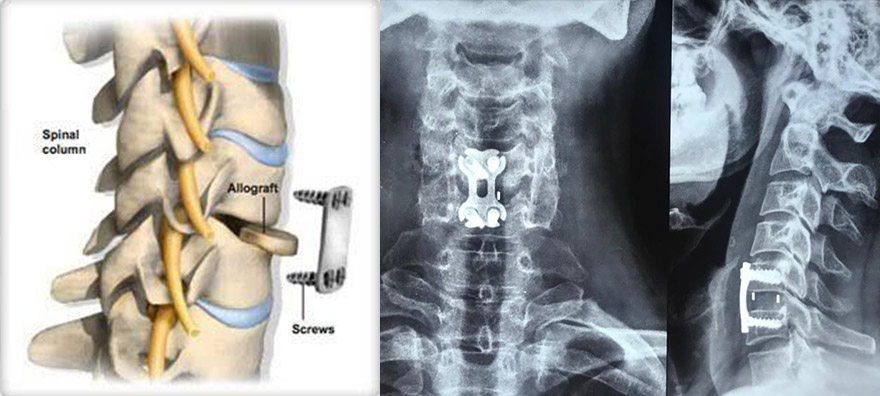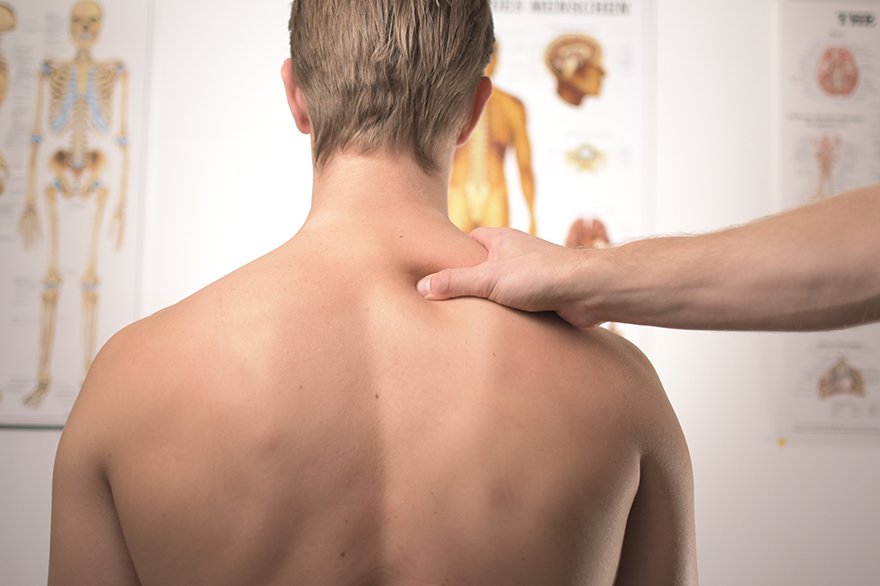Spinal stenosis is narrowing of spinal space and or compression your spinal cord and nerve roots as they depart each vertebra. Changes in your spine as you get old is a common cause. Symptoms are –back pain and/or neck pain, as well as numbness, tingling and weakness in the arms and legs.
What is spinal stenosis?
The narrowing of one or more areas within your spine is known as spinal stenosis. The amount of space available for your spinal cord and nerves that branch off your spinal cord is reduced . The spinal cord or nerves might become inflamed or pinched as a result of a narrowed space, resulting in back discomfort and causing claudication pain called neurogenic claudication.
Spinal stenosis normally takes a long time to develop, especially after 50 years . Osteoarthritis, or “wear and tear” changes in the spine that develop naturally as you age, are the most common causes. As a result, if some alterations are seen on X-rays or other imaging tests conducted for another cause, you may not have any symptoms for a long period.
Where does spinal stenosis affect?
Spinal stenosis can affect any part of the spine, however it usually affects two areas:
- Lower back (lumbar canal stenosis)
- Neck (cervical spinal stenosis)
Who gets affected by spinal stenosis?
Spinal stenosis can affect anyone, but it is most frequent among men and women over 50 years of age. Spinal stenosis can also affect younger persons who were born with a narrow spinal canal. Spinal stenosis can be caused by a variety of disorders that affect the spine, such as scoliosis or a spinal injury.
Causes of spinal stenosis:
There are numerous reasons for spinal stenosis. What they all have in common is that they alter the shape of your spine, narrowing the area around your spinal cord and nerve roots that escape through it. Compression or pinching of the spinal cord or nerve roots causes symptoms such as low back pain and sciatica.
The causes are:
- Bulging disks/ herniated disk: a flat, circular cushioning pad (vertebral disc) sits between each vertebra and works as a stress absorber along the spine. The gel-like centre of these discs breaks through a weak or torn outer layer due to age-related drying out and flattening of vertebral discs, as well as breaking in the outside border of the discs. The nerves near the disc are then compressed by the bulging disc.
Spinal stenosis is commonly caused by herniated discs and bone spurs causing narrowing of spinal and Neurol foramina.
- Thickened ligaments: ligaments, the fibre bands that keep the spine together, have thickened. Ligaments can enlarge and bulge into the spinal canal space as a result of arthritis (and can cause lateral recess syndrome)
- So many times both disc prolapse and ligaments and facets enlarge may cause spinal stenosis.
- inflammation from damage along the spine, can narrow the canal space or exert pressure on the nerves
- Bone overgrowth/ arthritic spurs: osteoarthritis is a “wear and tear” condition that causes cartilage to break down in your joints, including spine. The protective coating of joints is cartilage. The bones begin to rub against one another when cartilage goes down. Your body reacts by producing new bone tissue. Bone spurs or bone overgrowth are a common occurrence.
Bone spurs on vertebrae protrude into the spinal canal, limiting the space and squeezing nerves.

Dr. Ganesh Veerabhadraiah
Consultant – Neurosurgeon, Neurointerventional Surgery, Spine Surgeon (Neuro)
23+ Years Experience Overall (17+ years as Neuro Specialist)
Available for Consultation: Jayanagar 9th Block & Kauvery Hospital, Electronic City
Symptoms of spinal stenosis
1. Lower back (lumbar) spinal stenosis:
- Lower back pain is a common ailment. Pain can range from a subtle aching or discomfort to an electric or searing sensation. It’s normal for pain to come and go.
- Sciatica: this pain is what starts in your buttocks and spreads down your leg, possibly into your foot.
- Leg cramps in one or both legs due to heavy feeling in the legs , after walking for sometime in the beginning, later stages even few steps also pain in legs ( neurogenic claudication)
- Numbness or tingling in the buttocks, leg or foot (sometimes known as “pins or needles”)
2. Neck (cervical) spinal stenosis:
- Neck ache
- Arm, hand, leg or foot numbness or tingling. (symptoms can occur anywhere below the nerve compression point)
- Arm, hand, leg or foot weakness or clumsiness.
- Problems with body balance.
- Loss of hand functioning, such as difficulty in writing or buttoning clothes.
- Bladder or bowel control problems (in severe cases)
3. Abdomen (thoracic) spinal stenosis:
- At or below the level of the abdomen, there is pain, numbness, tingling or weakness.
- Problems with equilibrium.
Diagnosis
Neuro imaging – MRI to see the disc hernation and degree of canal stenosis
X Rays to see the slip vertebrae, spondylolysis
Conculsion
Our expert Neuro team at NeuroWellness a neuro hospital in Bangalore provides consultation and treatment to all neuro problems.
FAQs
1. What is spinal stenosis?
Spinal stenosis refers to the narrowing of spaces in the spine, which puts pressure on the spinal cord and nerves. It commonly affects the neck or lower back.
2. What causes spinal stenosis?
Spinal stenosis is often caused by age-related changes like herniated discs, thickened ligaments, bone spurs (from osteoarthritis), or spinal injuries.
3. What are the symptoms of spinal stenosis?
Symptoms include lower back or neck pain, numbness, tingling, weakness in the limbs, sciatica, and leg cramps. In severe cases, balance issues and bladder/bowel problems may occur.
4. Where in the spine does spinal stenosis occur?
Spinal stenosis commonly affects the lower back (lumbar region) and neck (cervical region), but can also impact the thoracic spine (mid-back) in rare cases.
5. How is spinal stenosis diagnosed?
Spinal stenosis is diagnosed using MRI scans to visualize disc herniation and nerve compression, and X-rays to assess structural issues like slipped vertebrae.




















